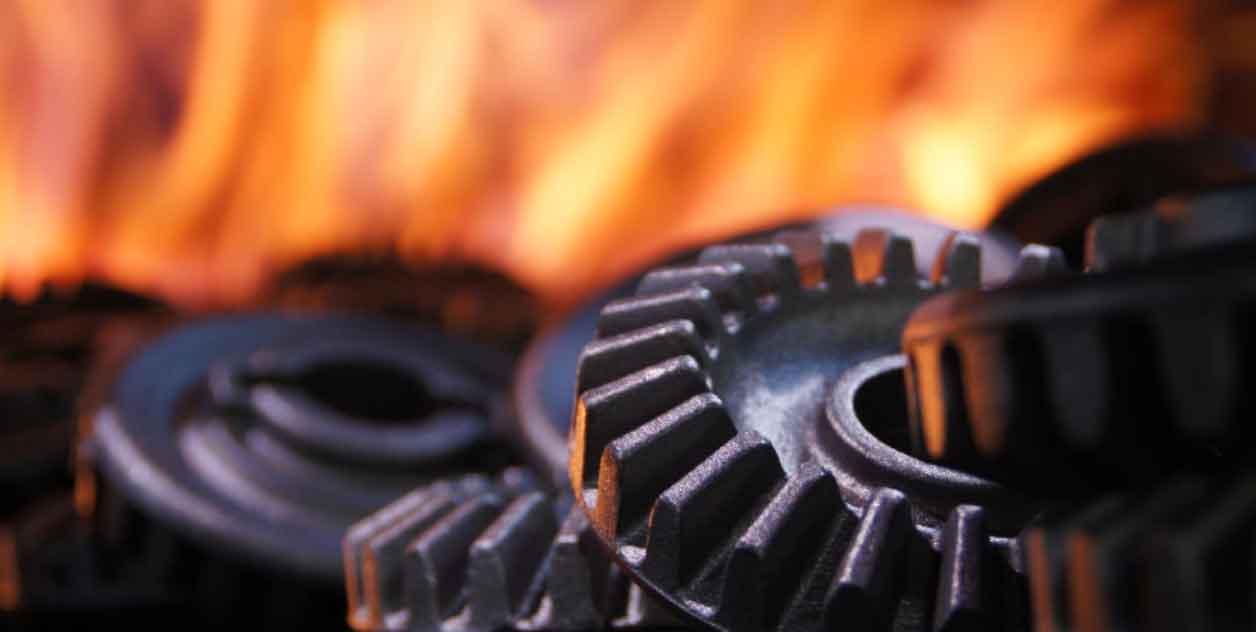Heat treatment techniques can be applied to optimize the performance of bevel gears. Heat treatment processes can improve the mechanical properties of the gear material, such as hardness, strength, and durability. Here are some heat treatment techniques commonly used for bevel gears:

- Carburizing: Carburizing is a heat treatment process that introduces carbon into the surface of the gear material. It increases the surface hardness of the gear, improving wear resistance. Carburizing is typically performed in a furnace at elevated temperatures and in the presence of a carbon-rich atmosphere.
- Quenching: Quenching is a rapid cooling process used after carburizing or other heat treatment processes. It involves cooling the gear material from a high temperature to room temperature or below to obtain the desired material properties. Quenching helps to achieve high hardness and strength in the gear.
- Tempering: Tempering is a heat treatment process performed after quenching. It involves reheating the gear material to a specific temperature and then cooling it slowly. Tempering reduces the brittleness caused by quenching and improves the toughness and ductility of the material, making it less prone to cracking or fracturing.
- Shot Peening: Shot peening is a mechanical surface treatment that can be combined with heat treatment. It involves bombarding the surface of the gear with small spherical particles, such as steel shots or glass beads. Shot peening induces compressive stresses on the surface, improving fatigue strength and resistance to crack initiation.
- Induction Hardening: Induction hardening is a localized heat treatment technique that selectively hardens specific areas of the gear teeth. It involves heating the tooth surface using high-frequency induction coils and then quenching it rapidly. Induction hardening provides a hardened wear-resistant surface while retaining a tough core, resulting in improved gear performance.
- Cryogenic Treatment: Cryogenic treatment involves subjecting the gear material to extremely low temperatures (typically below -100°C) for an extended period. This treatment enhances the stability of the material’s microstructure, reducing residual stresses and increasing wear resistance and dimensional stability.
It is important to note that the specific heat treatment techniques and parameters used for optimizing bevel gear performance depend on the material composition, desired properties, and gear application. Consulting with a materials engineer or a heat treatment specialist would be beneficial for determining the most suitable heat treatment process for your specific bevel gears.
